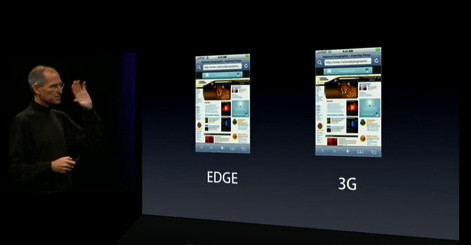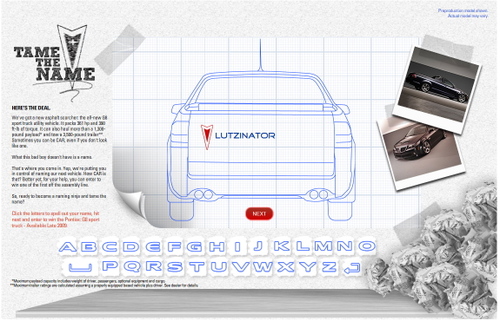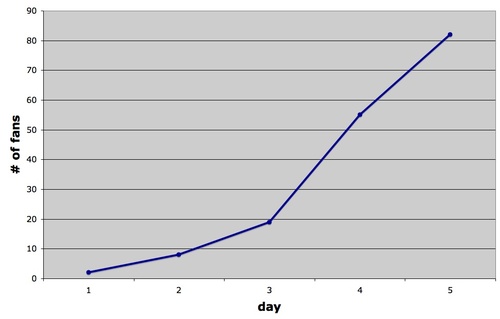I received this email last month the night before taking a Virgin America flight:
Dear Diego Rodriguez
Due to delays
in the modification of our new planes, the inflight entertainment and
select other in-seat services will not be available on your upcoming
Virgin America flight. This includes the Red Inflight Entertainment
system, which normally features satellite TV, movies, games, Google
Maps and a food ordering system. In addition, the plugs at every seat
for electronic gear will not be operational for the flight. Why are we
sending you this message? We want you to be prepared to have your
laptop or iPod fully charged, and ensure you have the latest magazines
or newspapers to read while onboard your flight. We’ll do our best to
provide some reading material onboard in case you forget.We
make millions of dollars in high-tech modifications to each one of
Virgin America’s brand new planes and we appreciate your patience with
us as we finalize this modification process across our brand new fleet.
Thank you again for your patience and we look forward to welcoming you
on Virgin America.
The Guest Services Team
As it turned out, when I boarded the inflight entertainment system was working (they had fixed it, I suppose) so my low expectations were greatly exceeded. I was a happy guy: happy to be on a clean airplane with an enthusiastic crew, happy to get something I didn’t think was going to happen, and happy that Virgin knew how to reach me with the right message at the right time.
This message feels like it was written by someone who had flown on a plane at some point in their life, and understood the importance of having something to do during the flight. Like having reading material. It is a far cry from the disjointed jingle-driven marketing drivel spewed by most other airlines. No tag-lines or positioning statements here; this is marketing at its best: all about making my experience the best it can be, and showing a concern for all the small elements of the flying experience which signal that the big stuff are being taken care of, too. Great marketing is an exercise in fractal experience design.





